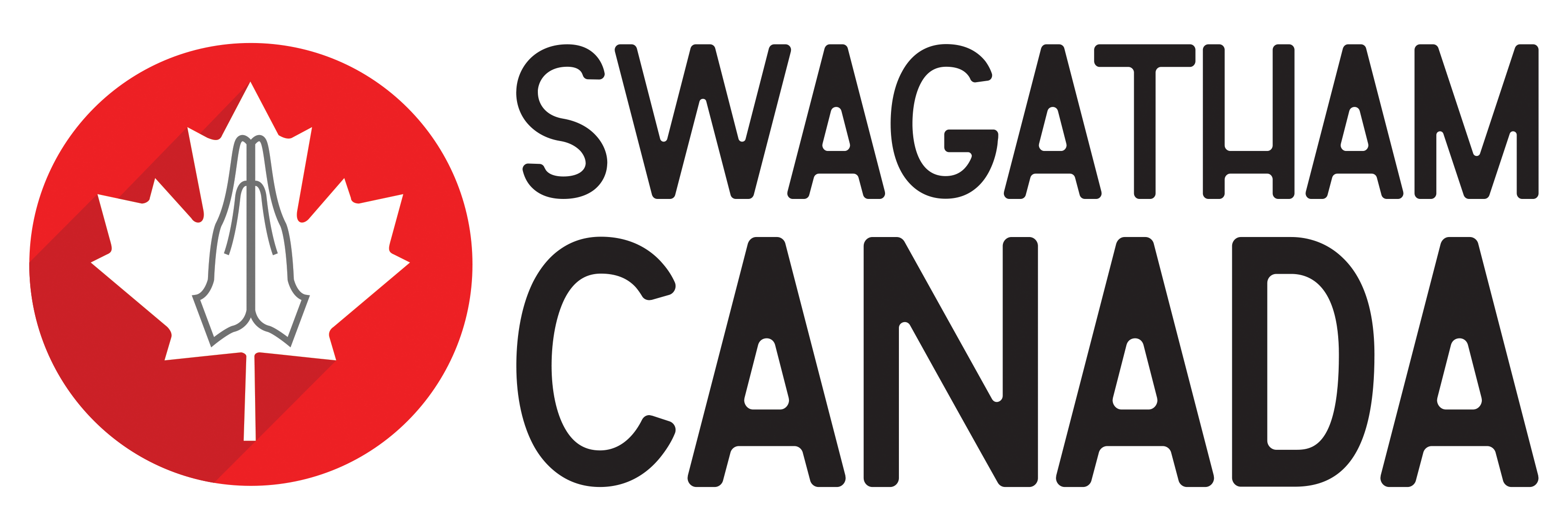Toronto: Hiroo Onoda joined the Imperial Japanese Army Infantry when he was only 18 years old. He was one of many too-young men deployed to serve the Japanese war effort at the time. Onoda, on the other hand, has become something of a legend. Everyone has heard of him, yet few people are familiar with the storey of the soldier who spent decades fighting in a war that had finished years before.
Onoda, who was born in 1922, was swiftly identified as a candidate for special intelligence training. Guerrilla warfare, philosophy, history, martial arts, propaganda, and clandestine operations were among the skills he studied. During the latter months of World War II, he was assigned to Lubang Island, 150 kilometres southwest of Manila in the Philippines.
In Onoda’s case, the orders were straightforward: block any enemy attacks on the island (including destroying the airfield where he had arrived), and never surrender or commit suicide.
“I was promoted to officer and received an order. I’d be ashamed if I couldn’t do it. decades later in 2010, Onoda remarked, “I am quite competitive.”
Onoda’s driving factor was that single command. Onoda engaged in guerilla warfare, and when Japan surrendered in 1945, he mistook it for a ploy, so he continued to live by the same guideline — never surrender.
Japan dropped flyers from the air to warn such soldiers hiding in the woods that they could now come home. Onoda, on the other hand, was still sceptical of the news.
“The flyers they dropped were full of errors, so I assumed it was an American plan,” he stated. The pamphlets, Onoda was certain, were Allied propaganda aimed at capturing Japanese soldiers.
Onoda proceeded to conduct a guerilla war with three other soldiers. They subsisted on bananas and coconuts, as well as grains stolen from nearby farmers. Over the years, they slaughtered 30 island residents while avoiding police shootouts.
Yuichi Akatsu, one of the other rogue troops he was with, surrendered to Filipino authorities in 1950. Onoda became even more careful as he realised that this could put him in even more danger.
Shichi Shimada, another of the troops, was killed by island police officials in 1954. Then, in 1972, his final ally, Private First Class Kinshichi Kozuka, was also shot by local cops. Each occurrence reinforced Onoda’s belief that the war would continue.
Onoda lived in the woods for 29 years, largely in underground caverns. As part of his job, he spent his time acquiring intelligence on enemy movements. He was alone for the last two years of his life.
Onoda exhibited traits that are uncommon in today’s world, but which are essential in the best soldiers: asceticism, unwavering will, obedience, loyalty, and sacrifice. However, the talents he mastered early in his training proved to be crucial to his survival.
“Every Japanese officer anticipates death,” he later explained, “but as an intelligence officer, I was directed to engage in guerilla warfare rather than perish.”

In 1959, Onoda was officially proclaimed dead, but Norio Suzuki, a Japanese student, refused to believe it. He set out to find the lost soldier in 1974, some 30 years after World War II concluded. He tracked found Onoda just four days after starting his quest.
Suzuki and Onoda became fast friends, but Onoda assured Suzuki that he would surrender only if he received official orders. Suzuki returned to Japan with photographs to document their encounter and to track down Onoda’s still-living commanding officer, Major Yoshimi Taniguchi, for whom the war had long since finished.
Suzuki returned with Taniguchi the following spring, who officially relieved Onoda of his duties, after which a grieving Onoda surrendered. Among the weapons he brought were a sword, a functioning Arisaka Type 99 rifle, 500 rounds of ammunition, several hand grenades, and the knife his mother had given him in 1944 to murder himself if he was kidnapped.
Major Yoshimi Taniguchi had assured the young Hiroo Onoda at the start of his duty, “It may take three years, it may take five, but whatever happens, we’ll come back for you.” Taniguchi finally returned to retrieve him, as he had promised.
At the age of 52, Onoda returned to Japan in 1974, still dressed in his Imperial costume. He was pardoned by then-Philippine President Ferdinand Marcos for crimes committed while still believing he was at war. For the first time since he was a 22-year-old, his family saw him after believing he was dead.
Onoda struggled to adjust to Japan’s transformation into an unrecognisable modern state. He moved to a Japanese colony in So Paulo for a more peaceful life a year after his return. He even married a Japanese woman he met there. The pair split their time between the two nations until his death in 2014.
When questioned in 1974 what he was thinking during his 29 years in the forest, Onoda simply replied, “nothing except doing my duty.”








